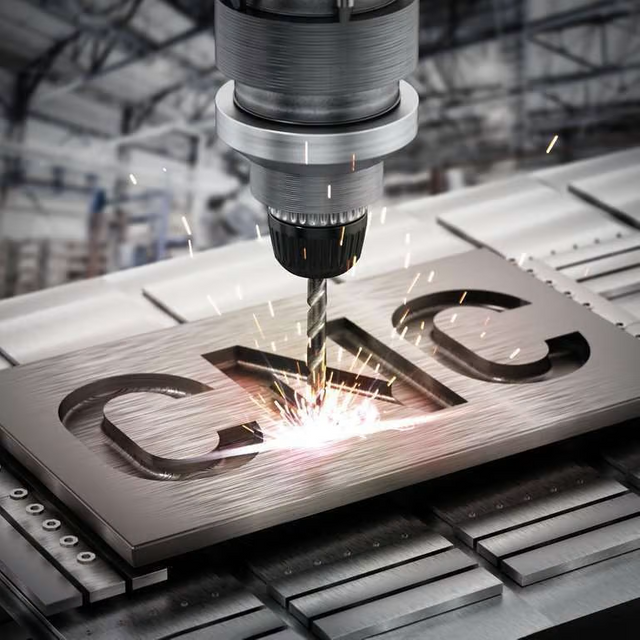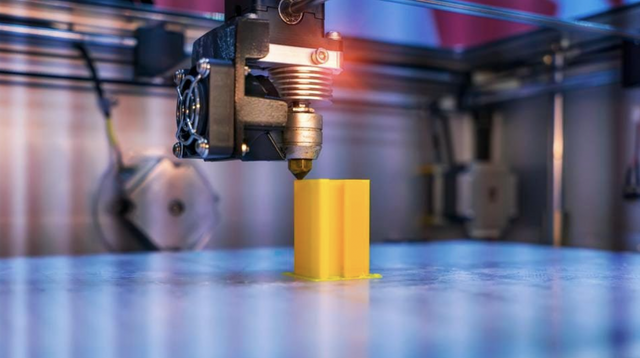Which is better, CNC or 3D printing?
CNC (computer numerical control machining) and 3D printing are two common technologies in modern manufacturing, each with its own unique advantages and applicable scenarios. The choice of which technology depends on the needs of the product, including factors such as accuracy, materials, and cost.
1.Accuracy and surface quality
CNC machining is suitable for applications that require strict dimensional control and detail processing due to its high accuracy and excellent surface quality. By removing material, CNC can produce very precise parts, especially in the processing of metals and hard plastics. For industries that require precision, such as automobiles and aviation, CNC is the first choice.

In contrast, although 3D printing continues to develop, it is generally not as good as CNC in terms of accuracy and surface smoothness. 3D printing forms objects by adding materials layer by layer, which is suitable for small-scale production of more complex or customized products, but CNC still has an advantage for products with high detail requirements.
2.Material selection
CNC machining supports a variety of materials, including various types of metals (such as aluminum, titanium, stainless steel, etc.), plastics, and composites. It can process hard metals and is suitable for industrial-grade parts manufacturing.
3D printing has relatively few material options, and the most common ones are plastics, resins, and metal powders. Although 3D printing technology has made some progress in metal printing, the types and performance of 3D printing materials are still limited compared to CNC, especially in applications that require high strength or high temperature resistance.
3.Cost and production efficiency
CNC processing is suitable for mass production. Although the preliminary preparation work is complicated, once it is set up, multiple parts can be produced quickly and efficiently, reducing the cost of each part. For large-scale production, CNC can provide higher production efficiency.
3D printing is more suitable for small-batch production and rapid prototyping. It does not require complex tools and molds like CNC, so it can produce personalized or complex parts more quickly. Although the cost of single-piece production is higher, 3D printing undoubtedly has advantages for unique or customized designs.

4.Conclusion
CNC and 3D printing each have different advantages, and the choice of which technology should be determined according to specific needs. If high precision and strength are required, and the production scale is large, CNC is more suitable; if rapid prototyping or small-batch customization is required, 3D printing is a better choice. By combining 3D scanning(https://www.revopoint3d.com/collections/3d-scanners) technology, you can also scan physical objects and perform virtual modeling to further optimize the design and production process.